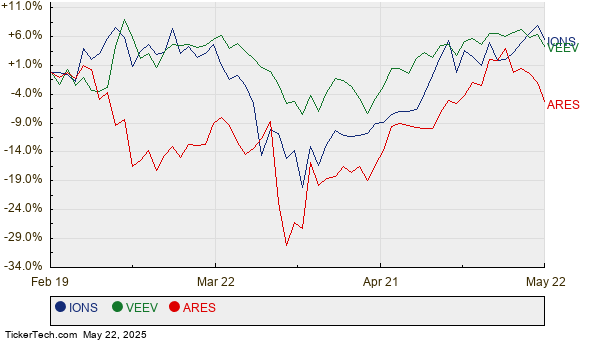Alcoa Stock: Weak Financial Health Makes It a Poor Investment
Alcoa (NYSE:AA) is currently trading at around $29, and we find it unattractive as a potential investment. Despite its low valuation, several significant concerns lead us to conclude that Alcoa is a bad pick at this price.
Our analysis compares Alcoa’s current valuation with its operating performance and financial health over recent years. We focus on key parameters including Growth, Profitability, Financial Stability, and Downturn Resilience. Overall, our findings indicate that the company has a very weak operating performance and financial condition.
Valuation Comparison: Alcoa vs. S&P 500
In terms of price relative to sales or profits, Alcoa appears cheap compared to the broader market.
- Alcoa has a price-to-sales (P/S) ratio of 0.5, while the S&P 500 stands at 2.8.
- The company’s price-to-free cash flow (P/FCF) ratio is 10.4 versus 17.6 for the S&P 500.
- Alcoa’s price-to-earnings (P/E) ratio is 8.1, compared to the benchmark’s 24.5.
Recent Revenue Performance for Alcoa
Alcoa’s revenue trends reveal mixed outcomes over the past few years.
- Alcoa experienced an average revenue shrinkage of 0.0% over the last three years, contrasting with a 6.2% increase for the S&P 500.
- In the past 12 months, its revenues grew by 12.7%, moving from $11 billion to $12 billion, while the S&P 500 saw a 5.3% growth.
- The latest quarterly revenues showed a strong 34.3% increase, reaching $3.5 billion from $2.6 billion a year prior, surpassing the S&P 500’s 4.9% improvement.
Profitability Analysis of Alcoa
Alcoa’s profit margins are significantly lower than those of most companies in the Trefis coverage universe.
- Its Operating Income over the last four quarters was $828 million, resulting in a poor Operating Margin of 7.0% compared to the S&P 500’s 13.1%.
- Operating Cash Flow (OCF) during this time was $622 million, reflecting a very poor OCF Margin of 5.2% against the S&P 500’s 15.7%.
- Alcoa’s Net Income stood at $60 million, indicating a very weak Net Income Margin of 0.5% versus the S&P 500’s 11.3%.
Financial Stability of Alcoa
The financial health of Alcoa appears weak.
- As of the latest quarter, Alcoa’s debt was $2.8 billion with a market capitalization of $7.5 billion, leading to a poor Debt-to-Equity Ratio of 43.4% compared to 21.5% for the S&P 500.
- Cash and cash equivalents account for $1.1 billion of the total $14 billion in assets, resulting in a moderate Cash-to-Assets Ratio of 8.1% versus 15.0% for the S&P 500.
Downturn Resilience of Alcoa Stock
Alcoa’s stock has performed poorly relative to the S&P 500 index during recent downturns. Current concerns about economic stability raise questions about how much further the stock could decline in another recession. Our dashboard examines past performance during significant market crashes.
Inflation Shock (2022)
- Alcoa’s stock fell 75.4% from a high of $95.06 on March 24, 2022, to $23.41 on October 23, 2023. In comparison, the S&P 500 saw a peak-to-trough decline of 25.4%.
- The stock has not yet recovered to its pre-crisis high.
- Since then, the highest price reached was $47.42 on November 26, 2024, and it currently trades around $29.
Covid Pandemic (2020)
- Alcoa’s stock also declined 74.5% from $21.51 on January 1, 2020, to $5.48 on March 20, 2020, compared to a 33.9% drop in the S&P 500.
- However, it fully recovered to its pre-crisis peak by December 1, 2020.
Conclusion: The Implications for Alcoa Stock
To summarize Alcoa’s performance across key areas:
- Growth: Very Strong
- Profitability: Extremely Weak
- Financial Stability: Weak
- Downturn Resilience: Extremely Weak
- Overall: Very Weak
Thus, even with a very low valuation, we consider the stock unattractive, reinforcing our view that it is a poor choice for investment.
Investors may want to steer clear of Alcoa stock for now and consider more robust alternatives.
The views and opinions expressed herein are those of the author and do not necessarily reflect the views of Nasdaq, Inc.




